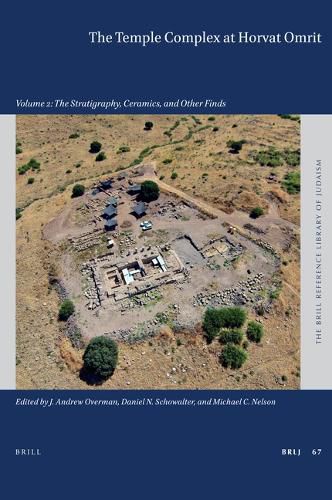Readings Newsletter
Become a Readings Member to make your shopping experience even easier.
Sign in or sign up for free!
You’re not far away from qualifying for FREE standard shipping within Australia
You’ve qualified for FREE standard shipping within Australia
The cart is loading…






Horvat Omrit is a Roman period sanctuary complex in northern Israel with well-preserved temple architecture. This report presents artifacts recovered in the temenos excavations from 1999 to 2011. The volume begins with a discussion of the excavated stratigraphy, the major building phases, and the dates associated with them. Subsequent chapters examine Hellenistic and Roman ceramics, lamps, terracotta figurines, wall paintings and frescoes, coins from the Roman and medieval periods, a dedicatory pavement inscription, a 3rd-century BCE Aramaic inscription, faunal remains, jewellery, an 8th-century BCE cylinder seal, a marble sphinx, a stucco relief, and a small, inscribed altar. An appendix associates the catalogued artifacts with their stratigraphic locations. Altogether the artifacts contribute to the archaeology and history of a diverse Galilee.
$9.00 standard shipping within Australia
FREE standard shipping within Australia for orders over $100.00
Express & International shipping calculated at checkout
Horvat Omrit is a Roman period sanctuary complex in northern Israel with well-preserved temple architecture. This report presents artifacts recovered in the temenos excavations from 1999 to 2011. The volume begins with a discussion of the excavated stratigraphy, the major building phases, and the dates associated with them. Subsequent chapters examine Hellenistic and Roman ceramics, lamps, terracotta figurines, wall paintings and frescoes, coins from the Roman and medieval periods, a dedicatory pavement inscription, a 3rd-century BCE Aramaic inscription, faunal remains, jewellery, an 8th-century BCE cylinder seal, a marble sphinx, a stucco relief, and a small, inscribed altar. An appendix associates the catalogued artifacts with their stratigraphic locations. Altogether the artifacts contribute to the archaeology and history of a diverse Galilee.